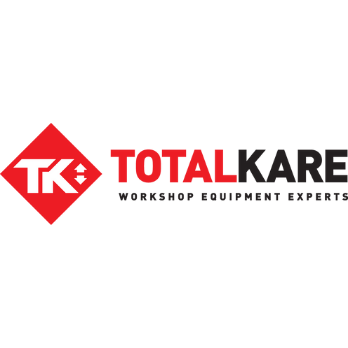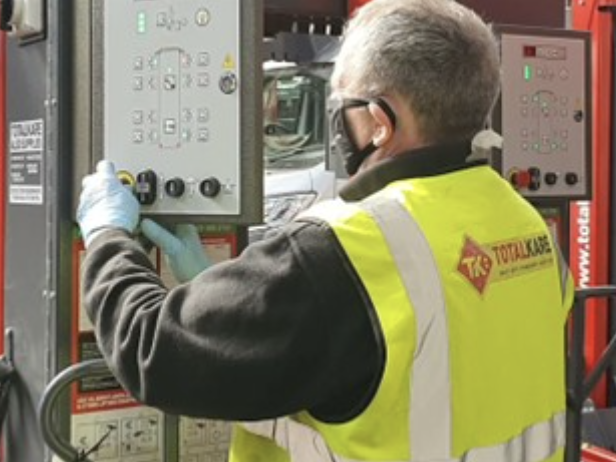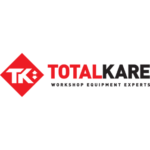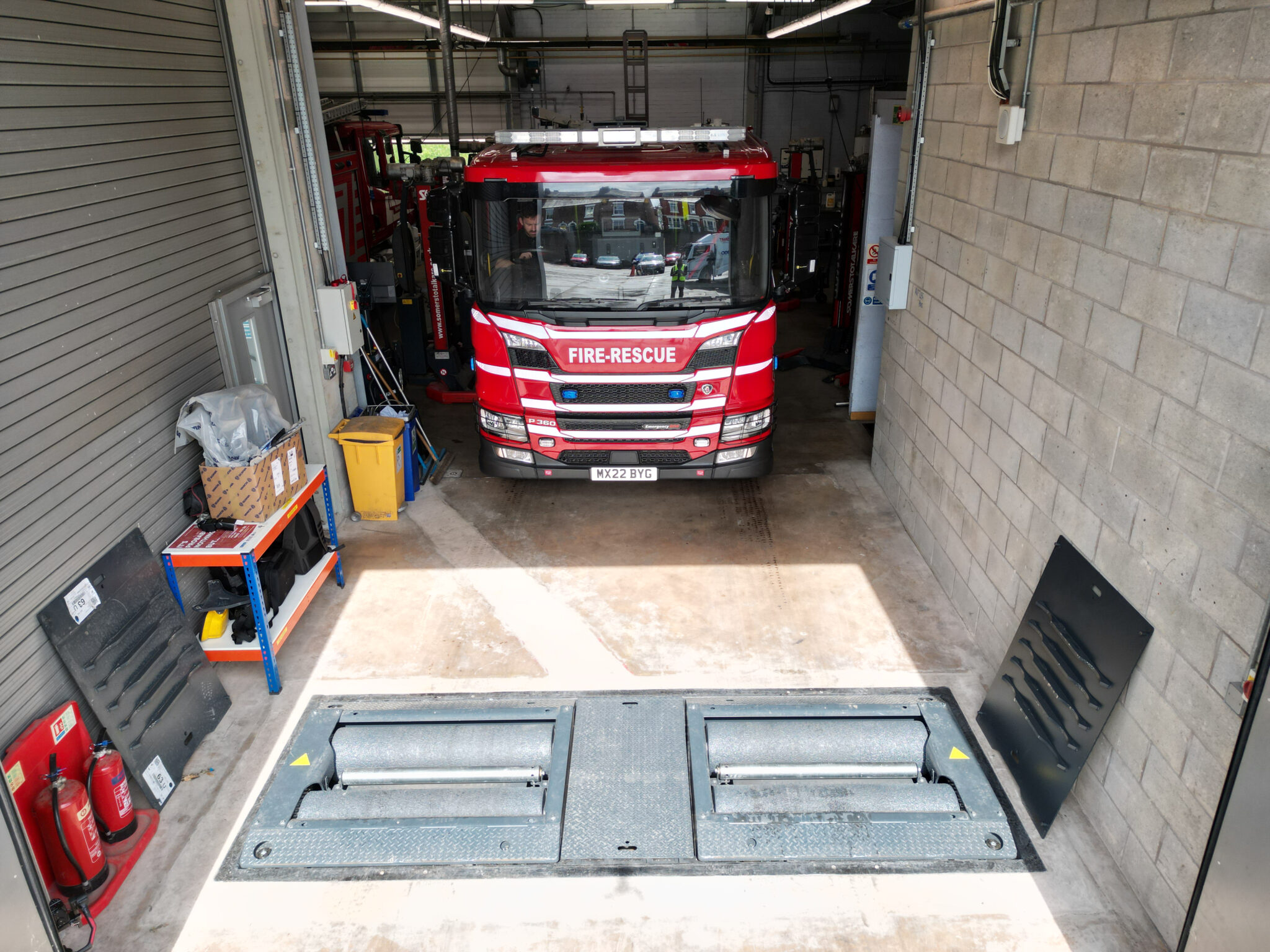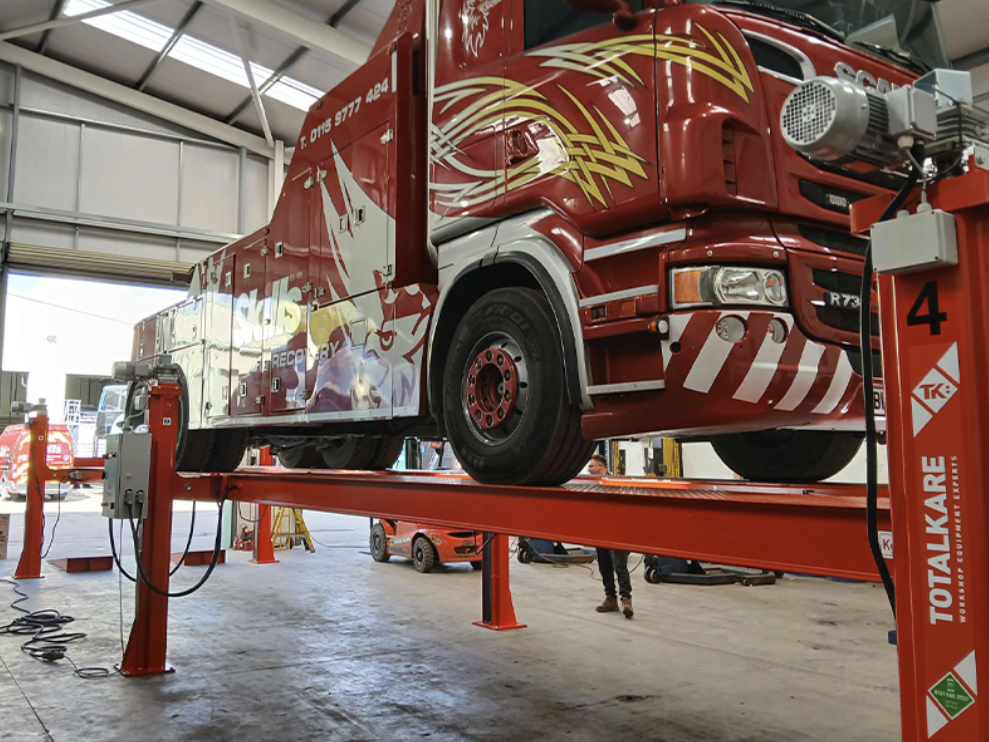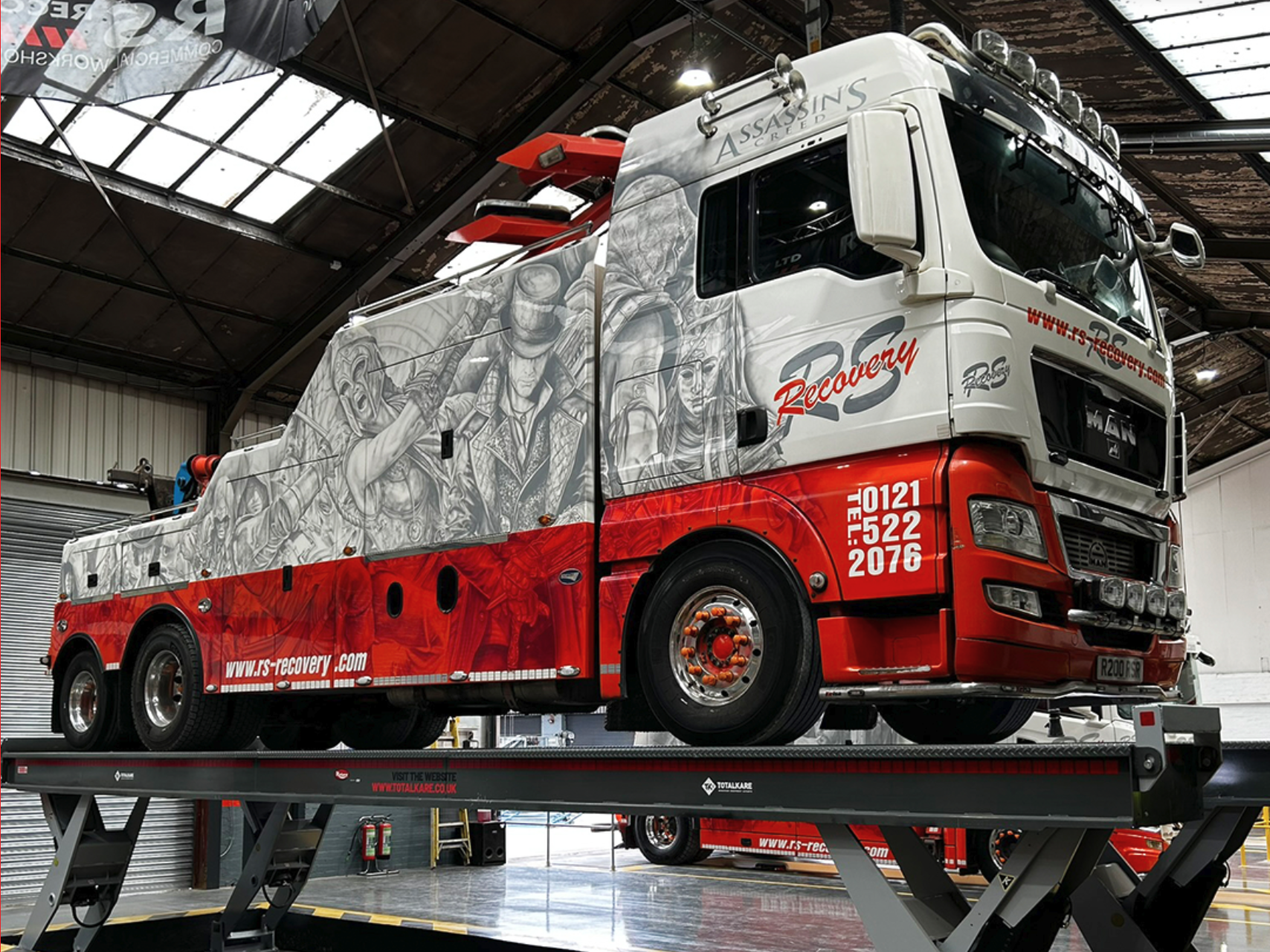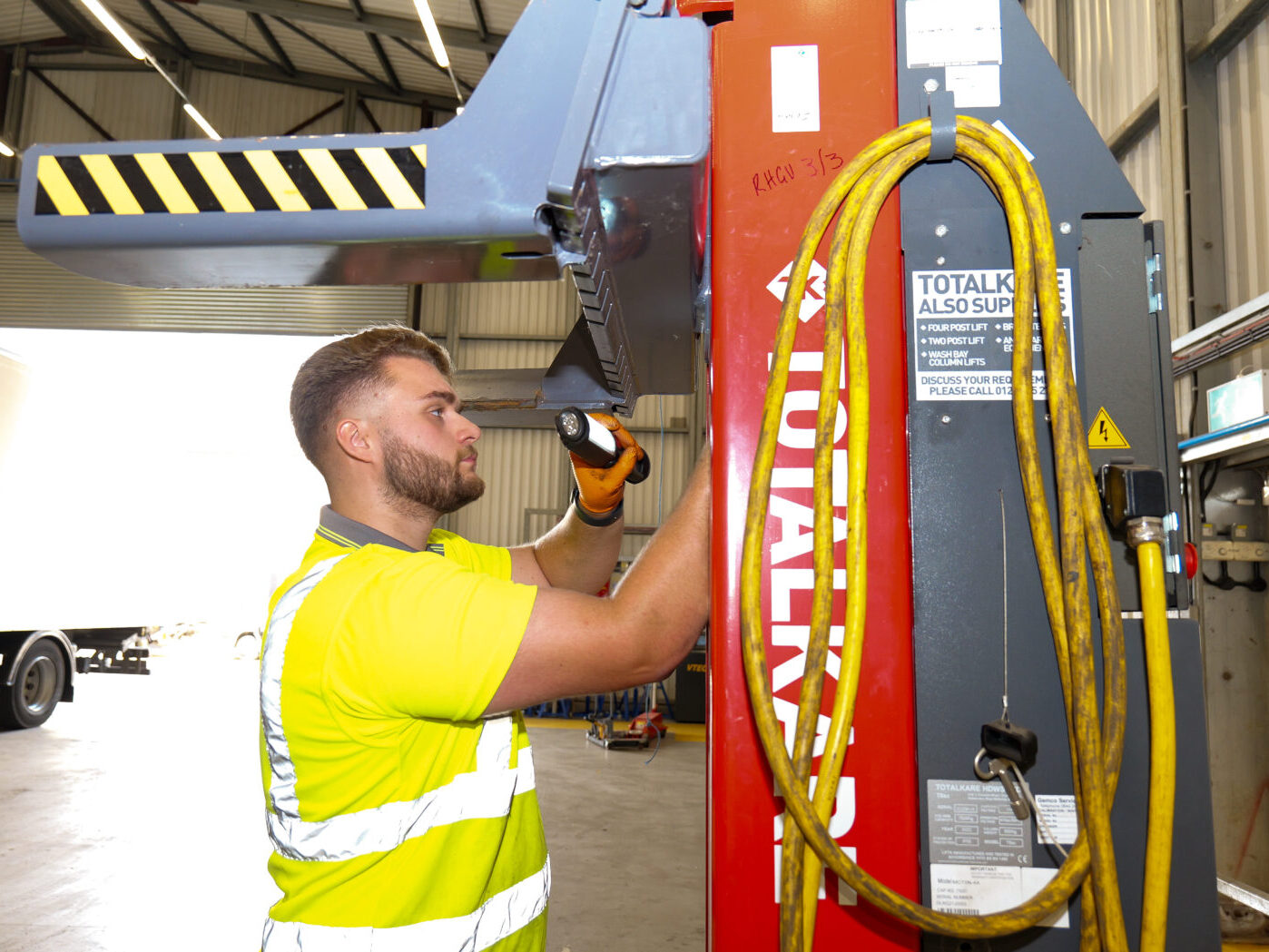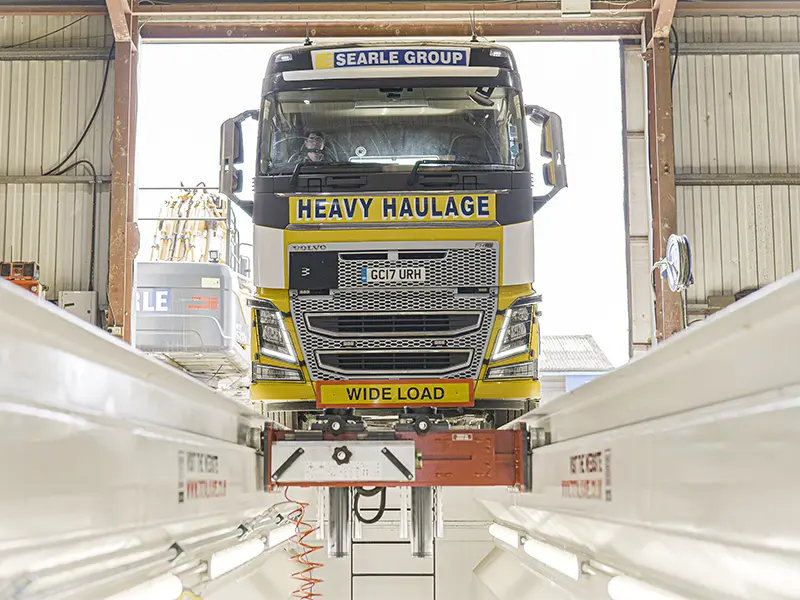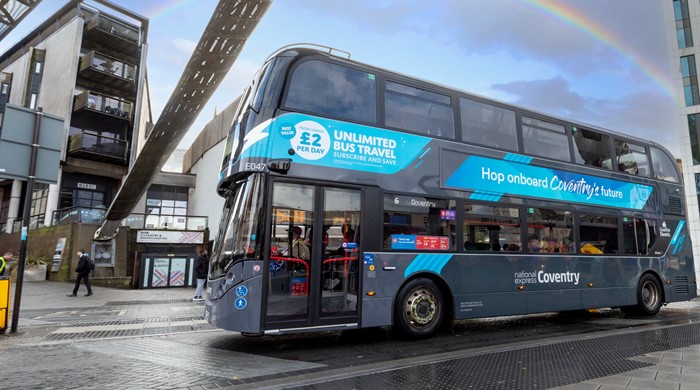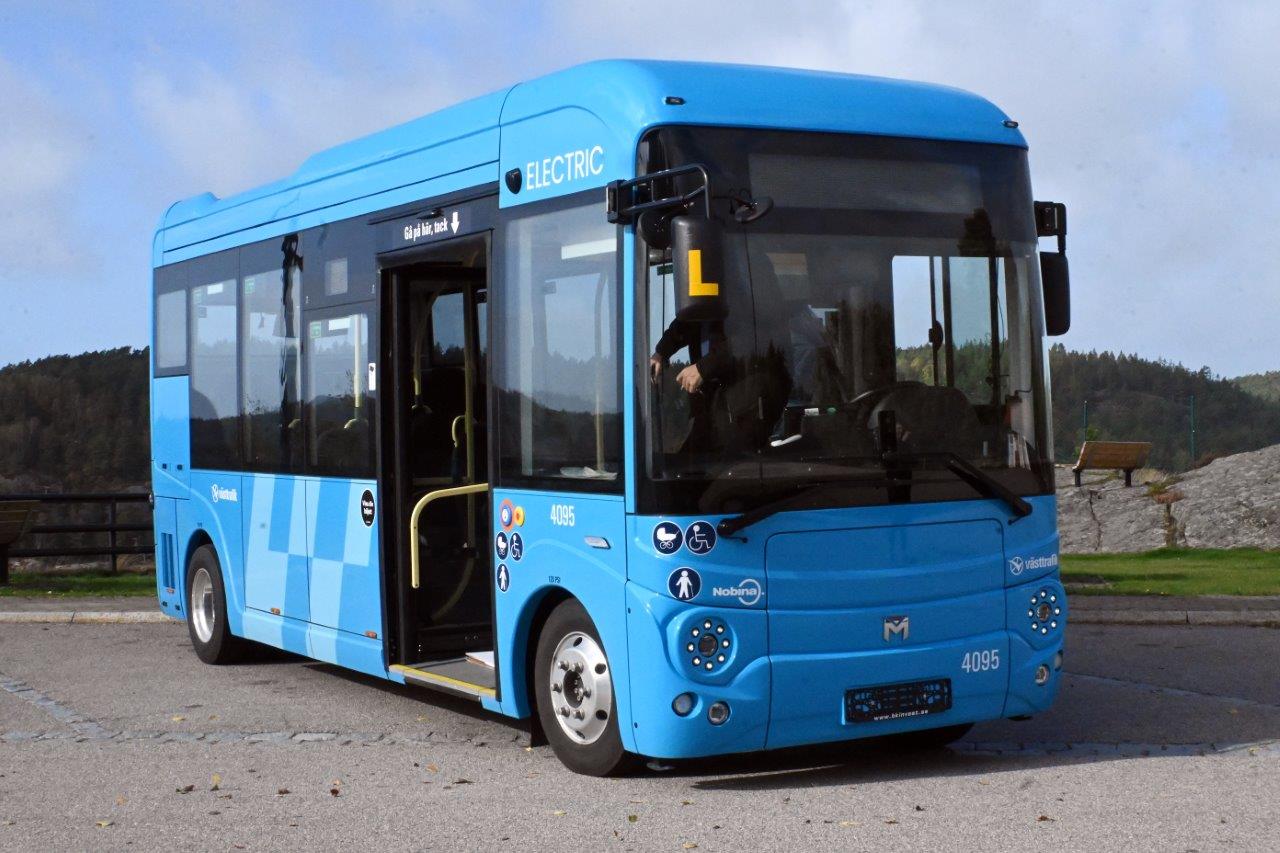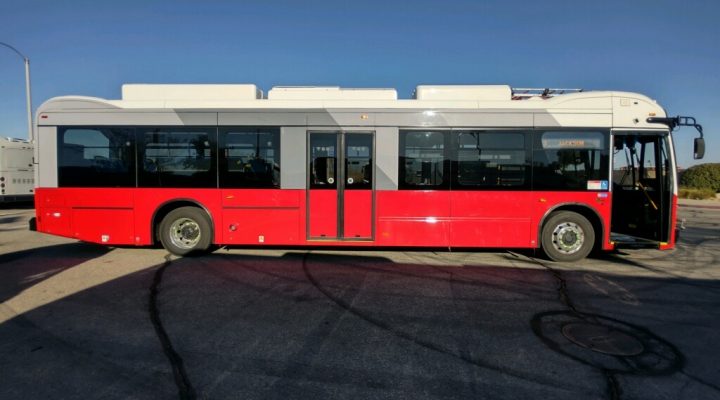An Introduction to Induction Heating – How Does It Work and What Does It Do?
It’s an age-old problem for anyone who works on vehicles:
What can you do with a seized-up bolt?
In most cases, the answer is heat. But if you’re still using an open flame to get heat into your difficult components, we’ve got some news for you:
There’s a better way.
Here’s everything you need to know about induction heating, and how it can make your workshop a safer place.
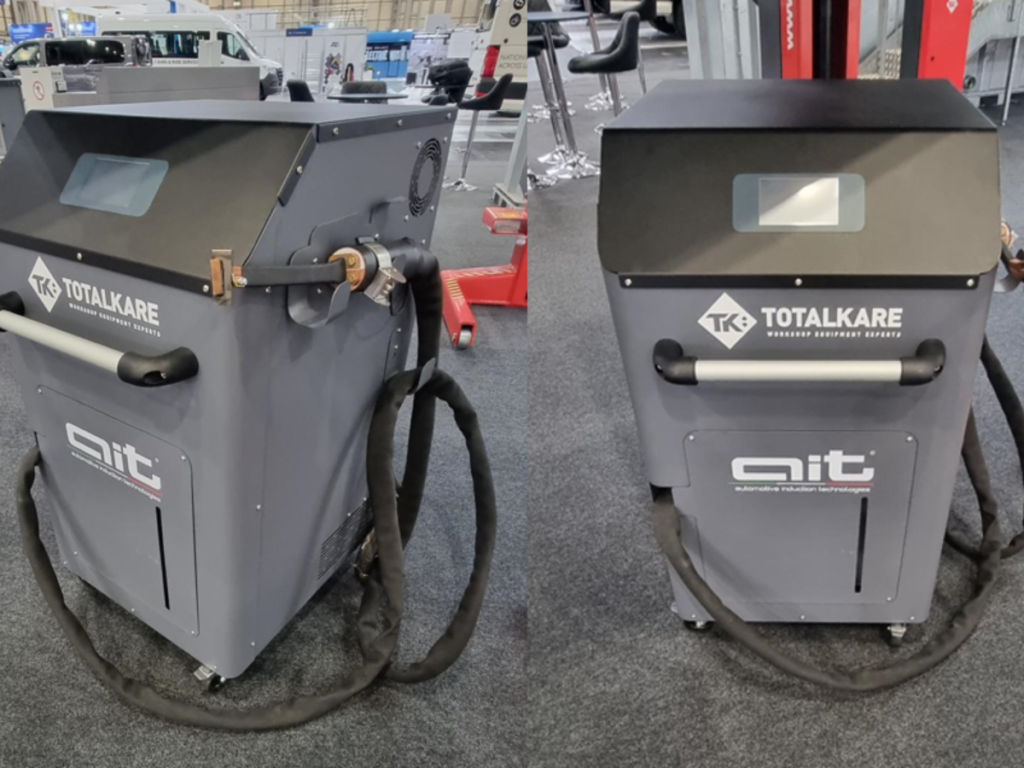
How Does an Induction Heater Work?
Induction heating is a method of heating up components and parts — in a targeted area, and without using a flame.
That’s the basic concept. Now let’s get into a little bit of science:
Induction heating is all about electric currents and electromagnetic fields. That means it only works on materials that conduct electricity, like metals and semi-conductors.
(And for a vehicle workshop like yours, that’s perfect. Most vehicle components are made of metal!)
An induction heater uses a coil of wiring that’s placed around the component you need to heat. When an electric current passes through that coil, it creates an electromagnetic field that has an effect on the component inside the coil.
Specifically, an induction heater uses a high-frequency alternating current (AC) in the coil. This creates a rapidly alternating magnetic field, which generates electric currents (called ‘eddy currents’) inside the component.
When these eddy currents work against the electric resistance of the metal component, the ‘friction’ of this resistance creates heat.
(It’s a bit like rubbing two sticks together to start a fire — but you’re really rubbing the electrons inside the component.)
And the result?
With an induction heater, you’re able to generate heat inside a vehicle component — at a rapid pace, and without the risks of using a flame.
What Do Workshops Use Induction Heaters For?
In most cases, induction heaters are used on individual components that have seized up due to age or wear and tear.
That could mean a rusty bolt in an older engine, or the wheel nuts on a vehicle that hasn’t been serviced in a long time.
If you try to loosen these seized bolts with mechanical force alone (using a ratchet or other torque tools), you run the risk of stripping the fitting — or snapping the bolt off completely.
By heating up the nuts and bolts that have become seized, you’re causing the material to expand. This expansion helps to loosen the fitting and free up the seized bolt, so you can then go in with a conventional torque tool and remove the component that was previously seized.
Is Induction Heating Better than Other Methods?
Before the invention of induction heaters, workshops would use more conventional methods of heating to help loosen seized components.
In most cases, that meant using a direct flame, like an oxyacetylene blow torch.
And that kind of tech comes with some problems:
With an open flame, it’s much harder to direct the heat into the component you’re targeting. And if you’re trying to heat a bolt that’s deep within the vehicle’s body (or tucked away at an awkward angle behind other parts and systems), you’re in for a tough time.
That lack of precision also means you’re running the risk of damaging the surrounding area. You’ll end up heating much more than just the intended component, and that could mean causing burn damage to the other parts and systems nearby.
And that’s before you start thinking about the safety risks that come with gas and flames:
There’s an obvious risk to the safety of the technician using an oxy torch. They’ll need extra training and extra PPE — and you’ll need to take extra precautions around the gas supply and any potential leaks.
But with an induction heater, things become much more simple and safe. With a purpose-built electric induction heater that’s designed specifically for workshop use, you’ll be able to:
- Heat isolated components with complete accuracy
- Heat up components that are obstructed or in awkward locations
- Avoid collateral damage to your vehicles and its other parts
- Reduce the risk of harm to your workers
- And save money along the way — with an electric-powered solution that avoids the costs of a gas supply
Need a Safer Way to Apply Heat in Your Workshop?
It might seem like a complicated piece of tech. But when it comes to heating up parts and components, an induction heater is one of the simplest, safest, and most cost-effective ways to do it.
Start a chat with one of our experts to learn how an Induction Heater could work for you.
This article was originally published by Totalkare Ltd.


